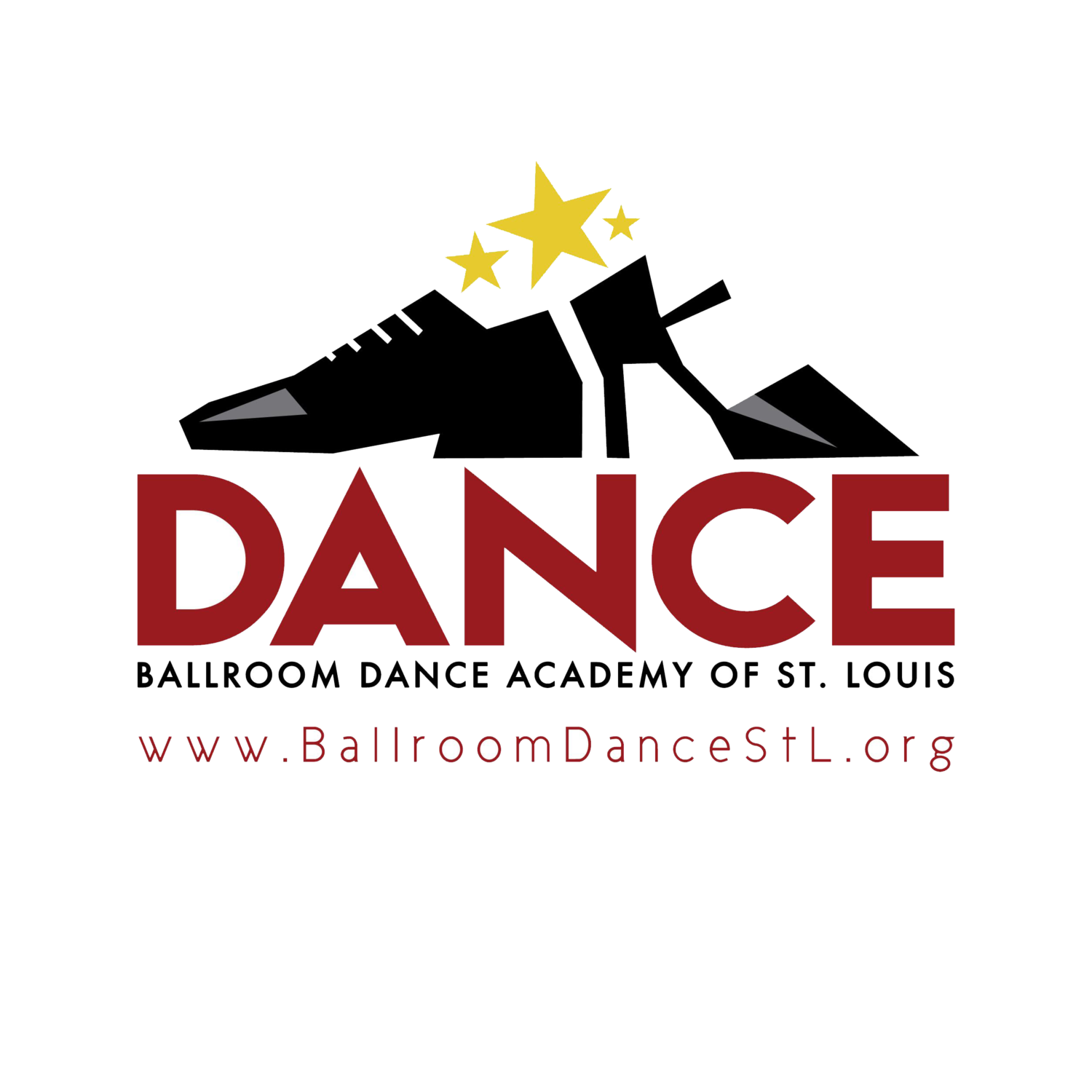COVID-19 Safety Plan (updated 6-19-2022)
Introduction
Ballroom Dance Academy of St. Louis (BDASL), under the guidelines of the Missouri ArtSafe program, has developed a plan to resume dance classes with COVID-19 safety precautions in place at the Grand Hall of the the Grandel Theater. We will be following the health and safety precautions as presented by the Missouri ArtSafe program, the Kranzberg Arts Foundation, as well as regional and national health authorities.
BDASL COVID-19 Safety Plan
Classes will be staggered to allow dancers to get in/get out of the Grand Hall safely. All classes require students to register as a dance couple and dance only with the partner they have signed up with. Class sizes will be limited to ensure proper social distancing during class. Visitors are not allowed in the Grand Hall during classes.
All dancers must be fully vaccinated by the time of the first class.
Following CDC recommendations and local guidelines, masking is required when the St. Louis City and/or County Community Level is “high”. Otherwise, masks are not required, but still highly recommended. Hand sanitizer is provided throughout the area and it is recommended using it when entering the building.
Students must pre-register and pay online at least 24 hours prior to the first class of the month. Classes will run by the month. The instructor or assistant to the instructor will receive a list with the registered participants that he/she can check-off every dance class to facilitate tracking and contact tracing. No cash / checks at the door. All dancers who haven’t taken a class with us since the beginning of the pandemic must also fill out a new registration form to ensure contact information is up-to-date, in case contact tracing is needed, and to acknowledge our new COVID-19 policies.
Limiting the spread of COVID-19
To minimize the spread of COVID-19 as much as possible, it is important to adhere to general safety guidelines. These include:
be fully vaccinated
screen for symptoms and don’t come to class when sympotmatic or considered a “close contact”
wear a mask over mouth and nose
practice personal hygene (wash hands often and thoroughly (20+ seconds) with soap or use approved hand sanitizer if water and soap are not available)
MASKS
The main purpose of the mask is to prevent the wearer from expelling small virus-containing droplets of saliva or mucus into the air and infecting others; i.e. wearing a mask reduces the likelihood of spreading the virus. It also provides some protection to the wearer. The mask should:
- cover mouth AND nose
- fit snugly, but comfortably
- allow for breathing without restriction
- be changed when damp/wet
- be made of multiple layers of fabric (not just a single layer)
The following masks and face coverings are not adequate and should not be worn:
- face masks with valves
- bandanas
- neck gaiters
Symptoms of COVID-19
People with COVID-19 report a wide range of symptoms, from mild to severe illness. Symptoms may emerge 2-14 days after exposure to the virus. Typical symptoms include:
- fever (>100°F, 37.8°C) or chills
- shortness of breath or difficulty breathing
- cough
- fatigue
- headache
- nausea
- muscle or body aches
- congestion or runny nose
- new loss of taste or smell
- sore throat
- diarrhea
- vomiting
Some people may not experience any symptoms (asymptomatic), but may still be able to spread the infection to others. Always assume you might be an asymptomatic spreader!
General information about COVID-19
There are many types of corona viruses, including some that commonly cause mild upper respiratory tract illnesses.
Severe Acute Respiratory Syndrome Coronavirus type 2 (SARS-CoV-2) is a new virus that had never previously been found in humans and is the cause of COVID-19.
The virus only emerged in late 2019, so humans have not developed long-term immunity against COVID-19.
Its health impact is being closely monitored internationally, nationally, and locally by the World Health Organization (WHO), the Centers for Disease Control and Prevention (CDC), and state and local health departments.
In late 2021, a new variant, Omicron, has emerged, which is known to be more transmissible than previous variants and can infect even fully vaccinated people.
COVID-19 transmission
Person-to-person spread through close contact with an infected person is the primary route of transmission.
This transmission occurs primarily when respiratory droplets are expelled by someone with COVID-19 who coughs, sneezes, or talks. These droplets can land in the nose, moth, or eyes of people nearly or possibly be inhaled into the lunks. Spead is more likely when people are in close contact wiht one anothr (within about 6 feet).
Transmission of COVID-19 is possible from individuals who have no symptoms or are not yet showing any signs of illness.
It may also be possible to contract COVID-19 by touching a surface or object that has the virus on it and then touching one’s own mouth, nose, or eyes without first cleaning one’s hands.

